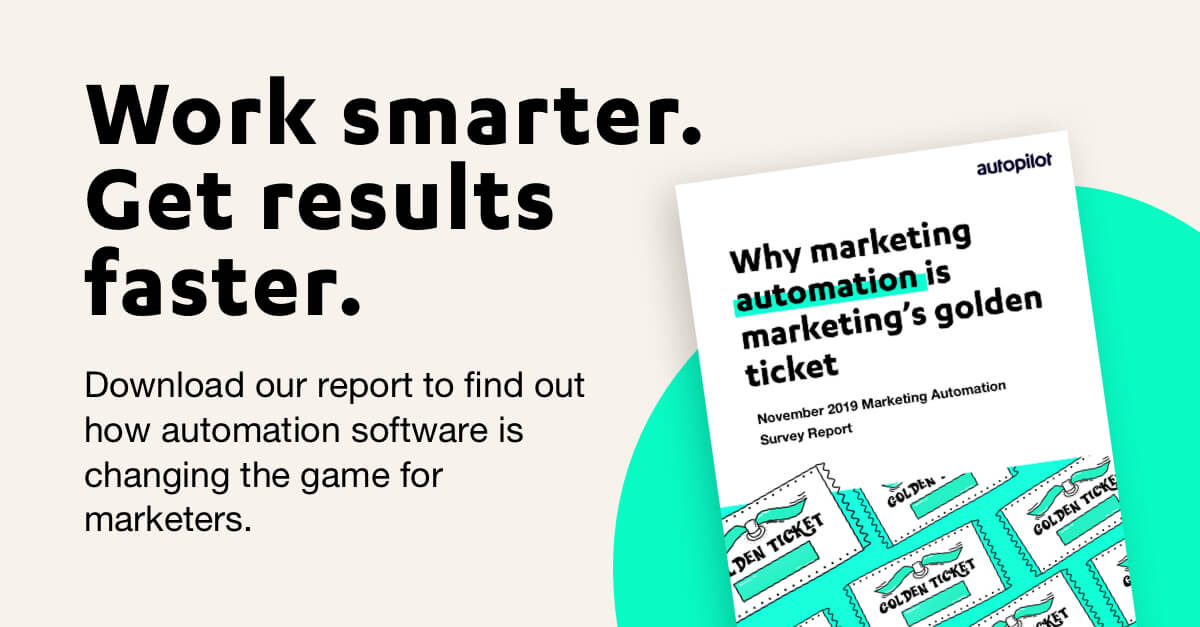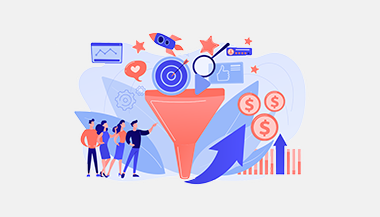November 9, 2020
Marketing automation for not-for-profits
It's no secret that most marketing teams are overworked. In a not-for-profit organization, this becomes doubly-so — budgets are tighter and manpower is limited.
For marketers working in the not-for-profit sector, this makes tools like marketing automation software critical. Automation tools save you time, increase productivity and supercharge your inbound marketing strategy. And, they don't have to be expensive.
Here are 10 ways you can use marketing automation software to drive more donations.
1. Organize and segment your contacts
Features such as segmentation and contact lists help you trigger customer journeys based on any criteria you choose. Create unique customer journeys for donors to give them relevant experiences, and automatically reach out to them when they're ready to make a donation.
2. Craft engaging forms
Many not-for-profit marketing automation software platforms will have inbuilt functionality to create forms — these can be used for opt-ins, subscriptions, membership signups and more. Many of them plug straight into segmentation and lists (as above) and offer integrations like Typeform. Learn how to use Typeform and Autopilot together.
3. Collect contact information
Any marketing automation software worth its salt will come with a feature that allows you to collect contact information and track user activity. A simple submission form can become your greatest asset — opening up opportunities to share content and create loyal donors.
4. Personalize your messages
The value of personalization is enormous. People donate for different reasons, so if you show them personalized content that matches their interests, you're more likely to convert them into a donor. Customized emails, dynamic creatives and personalized SMS conversations will make your audience feel more connected with your organization.
5. Keep detailed reports and insights
Marketing automation insights help you know exactly how your audience is reacting to your customer journeys. This enables you to track your performance against any goals or deliverables. Find out how to use insights and set goals here.
6. Better manage your pipeline
Integrating your marketing stack is one of the most beneficial things you can do for your inbound marketing strategy. With an integrated CRM and an efficient customer journey, marketing automation software can help you move agnostic donors off the fence and towards a decision.
7. Create newsletters that keep you top-of-mind
Newsletter signups are a tried and tested way to engage with your supporters. Automate a newsletter journey and stay in touch with your audience using marketing automation software. You can also save time by choosing software that provides drag-and-drop newsletter creation.
8. Thank your supporters and gain feedback
Never forget to thank your supporters with automated “thank-you” emails. Use them to trigger a thank-you message after someone donates, signs up for a sponsorship or provides your not-for-profit with feedback. You can also use “thank-you” messages to keep the conversation flowing — get creative with additional calls to action, postcards with QR codes, special rewards or anything else you can think of.
9. Save time with email automation
Use email automation to save time usually spent on manually sending newsletters and campaigns. Schedule your newsletters to be sent at the perfect time (such as an awareness holiday) or automatically follow-up with people who haven't opened your emails. Personalized, automated emails also achieve better open rates and better conversions.
10. Nurture donors and volunteers
Drip email journeys are easy to set up with marketing automation software. Create a drip journey to foster donations and another for your potential volunteers. Having two nurture journeys allows you to create relevant, engaging content for each of your audiences. You can use the template below to get started creating a drip campaign — just switch out the creative and mailing list to match your audience.
This article was originally published in November 2018 and has been updated with recent statistics and resources.












